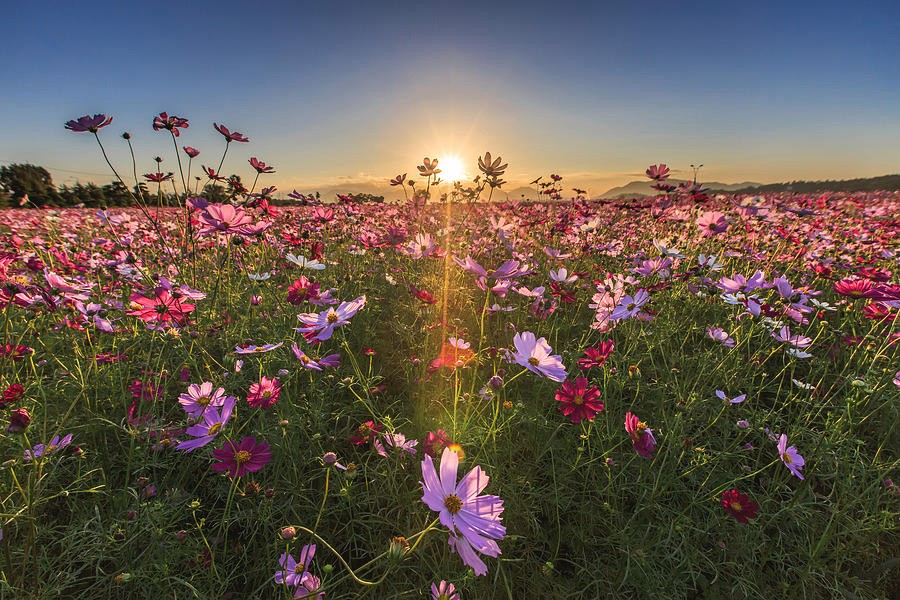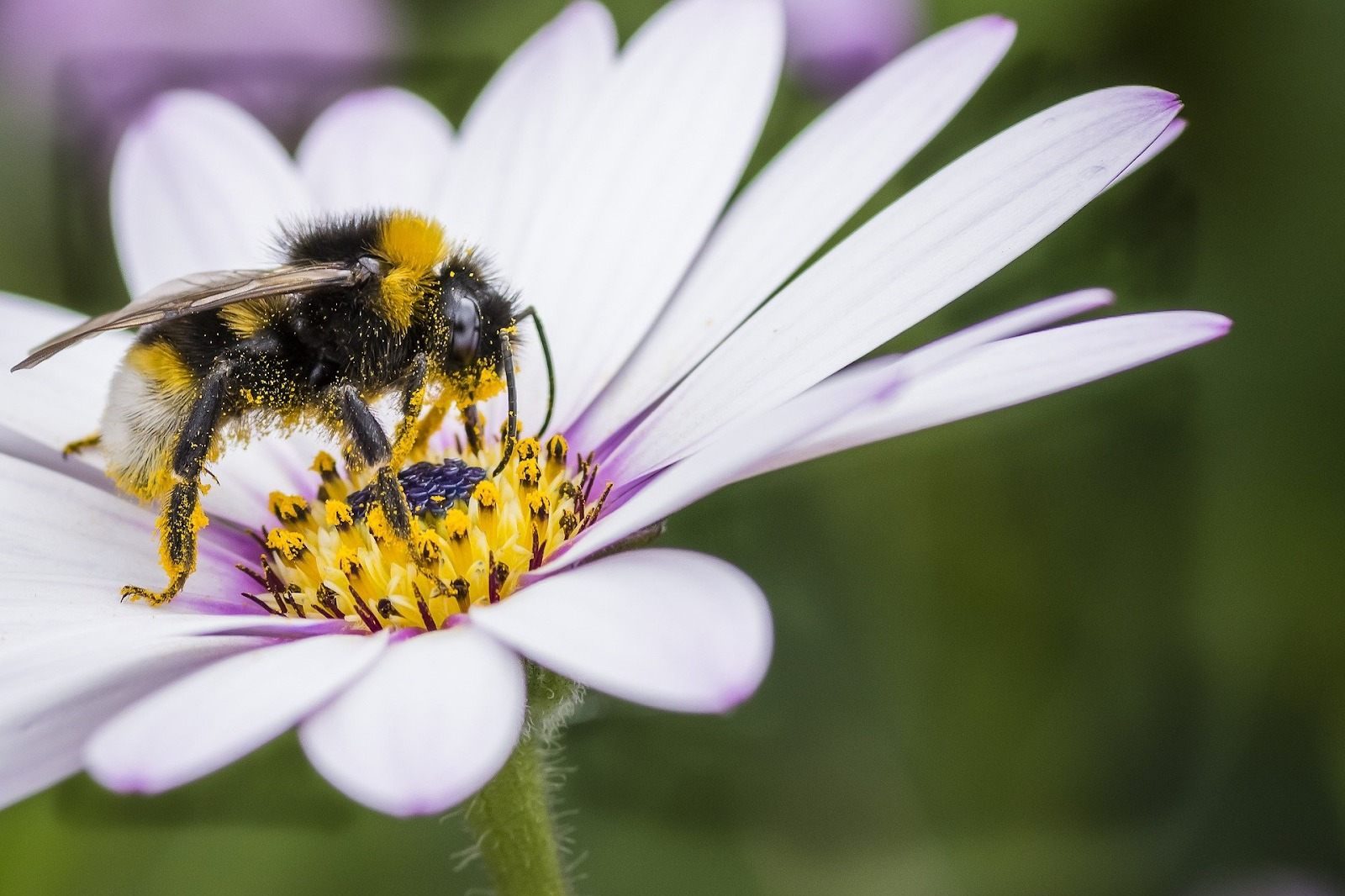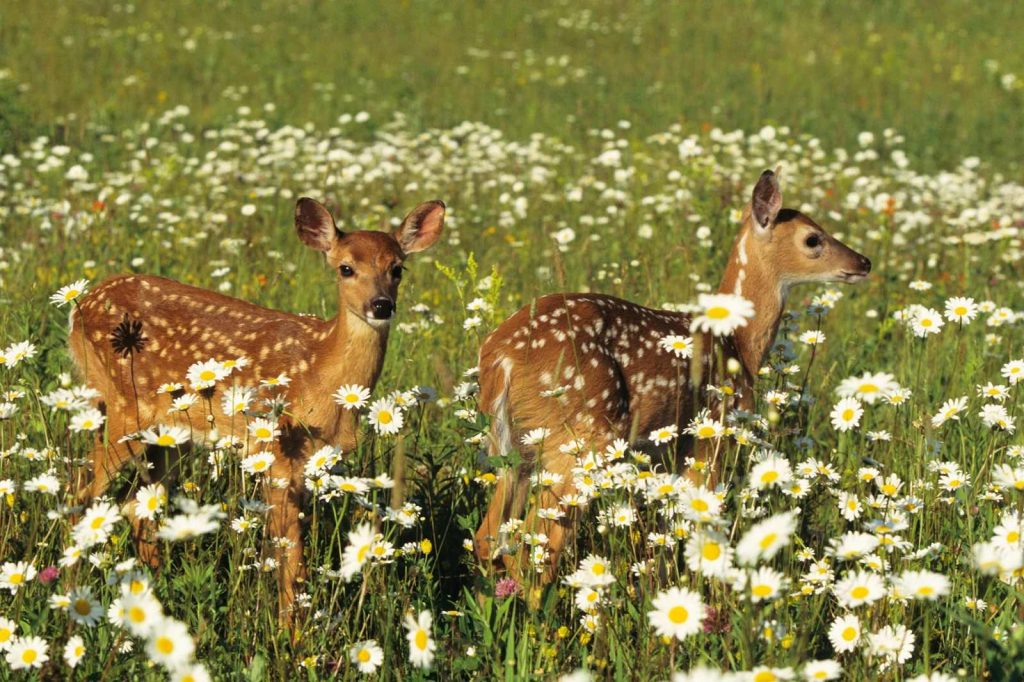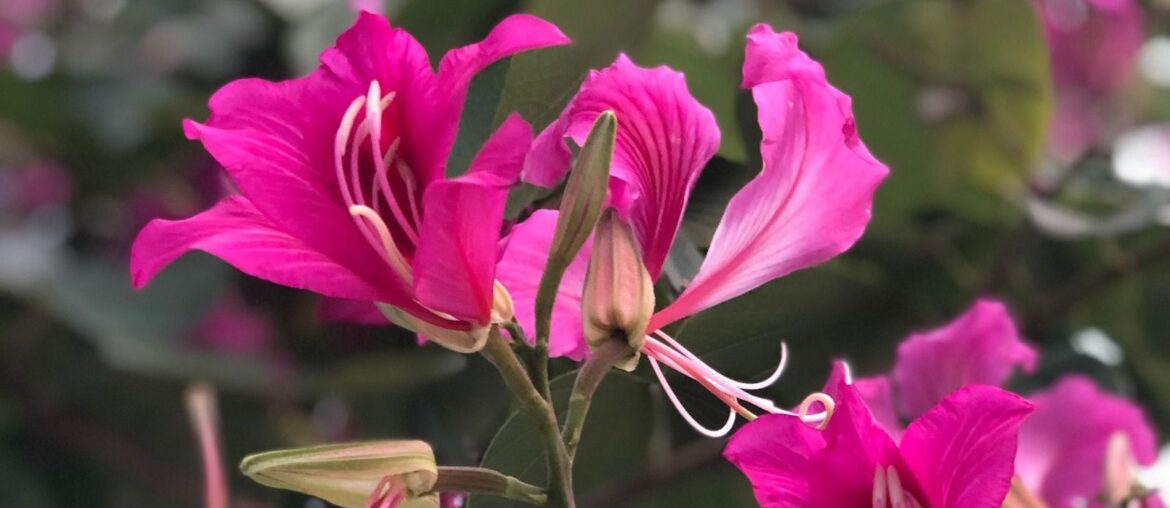Every life form on our planet has specific roles to play in an ecosystem, so do the tiny flowers around you. The importance of flowers is not only reflected in their beauty, but also in their biological function. The health and quality of any ecosystem closely depend on its flora in general and flowering plants in particular. Therefore, understanding the role and function of flowers in nature is one of the keys to maintaining biodiversity.
Biodiversity of an area refers to the biological diversity and variability of all life forms of a given habitat. Biodiversity revolves around three main aspects: genetic diversity, species diversity, and ecosystem diversity. In order to evaluate the role of flowers and flowering plants in maintaining biodiversity, we need to dig deeper to clearly understand their impact on each of the above aspects.
Maintain Genetic Diversity
Genetic diversity represents the range of differences between individuals of a species in terms of genetic traits. The higher the genetic diversity of a species is, the more variation it has in nature.
Genetic diversity plays an important role in enhancing the overall health of not only animals but also plants in general. As genetic traits become more diverse, individuals will have more suitable alleles that help them adapt to extreme environmental conditions and disease problems.
When it comes to plants, they maintain genetic diversity by pollinating their pollen on the flowers of other plants. We call this activity “cross-pollination”, and flowers are the protagonists of this process. Cross-pollination occurs in different flowers of the same species, aiming to create variation strong enough to survive changes in the environment.

Normally, most flowers in nature can self-fertilize, as they possess both stamens and pistils. However, thanks to biodiversity, many species of flowers have evolved to produce only stamens or pistils, reducing their ability to self-fertilize. This may sound like a reverse evolution at first, but in fact, it’s actually a huge biological advantage.
By preserving and intercropping flowers of different species or genera, we can prevent inbreeding in flowers – which is very beneficial in the promotion of genetic diversity. In addition, with the application of techniques such as wide or incompatible hybridization, we can create new phenotypes with more dominant alleles. This can prevent plants and flowers from being completely wiped out due to changes in the environment – which is likely to happen if all plants or flowers in a species were identical.
Enhance Species Diversity
The species diversity of a particular biological organization is closely related to its diversity of habitats, especially the plant and flower structures. The biological relationship between pollinator species and flowers is very close, since the existence of both determines much of each other’s health. Pollinator species need flowers for food, and plants need pollinator species to pollinate and reproduce. The loss of any of these elements can lead to serious reductions in overall biodiversity diversity, and that’s why flowers are important.
Habitat destruction and degradation are causing severe disruptions in natural ecosystems, leading to declines in pollinator populations. Much of these declines come from the lack of availability and diversity of flowering plant species in the wild. Not only familiar pollinators such as wild bees or honey bees are strongly affected by this problem, but other species such as butterflies, beetles, and even birds and mammals will also lose their favorite food sources.

Planting flowers is an optimal solution in maintaining and increasing the richness and abundance of pollinators, as well as of the flowers themselves. By planting more flowers and flowering plants, we can greatly enhance the species richness and pollination activity of the landscape, creating new flower variants with characteristics that attract different types of pollinators and their natural enemies. Basically, enriching the flowering plants in a habitat can, directly and indirectly, improve species richness and evenness – two main factors that make up the species diversity of an ecosystem.
Nurture Ecosystem Diversity
In a word, you can understand ecosystem diversity as the diversity of all landscapes, biomes, ecological succession, as well as changes in a given ecosystem. This consists of living elements such as plants and wildlife as well as abiotic ones such as air, water, or soil, and all of these elements are under the control of common structures and rules.
As mentioned before, plants and wildlife in an ecosystem depend on each other in order to survive and develop. In terms of ecosystem diversity, researchers often underestimate plant-only ecosystems more than those with the same plant species but also have insects, carnivores, and herbivores. Through pollination, new plant life is formed, increasing the richness of flora in an ecosystem. This will attract more new species of new insects and birds, which will not only help maintain the populations of these species, but also indirectly create sources of food that attract other local wildlife to the area. That’s the importance of flowers in expanding and diversifying the ecosystem.

Flowers and flowering plants also play a vital role in nurturing and maintaining the health of the ecosystem. Abiotic factors such as air, water, or soil are a vital part of the formation of ecosystem diversity, and flowers contribute greatly to improving the quality of these elements.
Air purification is not the only ability of flowers. According to many studies, flowers and flowering plants such as sunflowers or willows possess root systems that can cleanse the soil and water very effectively. Any ecosystem needs flowers as filters to remove and absorb toxic chemicals, metals, or radioactive substances from soil and water. Only when the quality of these essential biological elements is guaranteed can the diversity of an ecosystem be protected, and growing more flowers is one of the best solutions.
Bottom Line
With a lot of values and benefits in terms of biology, the importance of flowers and flowering plants in biodiversity is undeniable. However, despite such an important role in nature, the richness and abundance of flowers are still on a decreasing trend. This will lead to the decline of pollinators or even worse consequences in the future. At Tenere, we clearly understand the role of each individual out there in solving environmental issues. That’s why we spend a portion of the profits to plant trees around the world on behalf of our users, helping everyone contribute even the smallest to saving dwindling biodiversity. Let’s protect nature together, and nature will protect us back.









